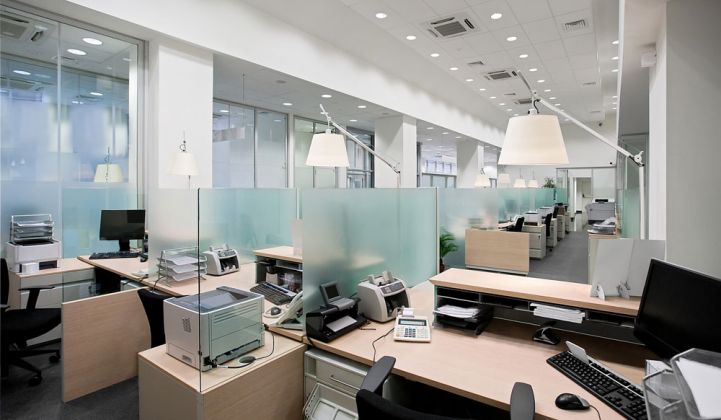Leases that realign the financial incentives of sustainability measures, such as energy efficiency, to benefit both owner and tenant could unlock energy savings of up to 22 percent in U.S. offices, according to a new report by the Institute for Market Transformation.
Green leases, as they are commonly called, could deliver about $3 billion in annual savings. For these savings to be realized, however, green leases will likely have to become the de facto lease in the office-space sector, rather than the exception.
“There is no need to call a lease with aligned energy incentives a green lease,” the study authors argue. “It is a well-written lease that takes the benefits of an efficient building into account, and does not have to presented with an environmental or green lens.”
No matter what they’re called, energy-aligned leases can be attractive to savvy tenants, especially those with stated corporate sustainability goals. Studies have also shown that green buildings command a premium in the marketplace.
Depending on the region and market, there are endless variations on language that can help to solve the split-incentive issue in leasing, where the owner pays for improvements but the energy savings accrue to the tenant.
Here are five clauses the Institute for Market Transformation study suggested can create value by increasing the energy efficiency of the space while benefiting both tenant and owner.
Pass-through cost recovery. Traditionally, many building owners amortized capital expenditures. However, energy-efficiency upgrades will often be paid back long before the amortization payment schedule is finished.
IMT outlines lease language for a savings pass-through, where a landlord can recoup operational savings from energy-efficiency improvements until the capital expense is paid back, and then any further savings go to the tenant. For more than 20 years, Brandywine Realty Trust, one of the largest integrated real estate companies in the U.S., has used this strategy to drive efficiency in its buildings.
Limit lighting and plug loads. Adding in language that requires tenants to adhere to existing green standards, such as LEED, can be too onerous for some tenants, but owners can require tenants to exceed building standards for specific energy hogs.
Lighting can be a substantial part of tenant load, which makes it a reasonable place to start. For example, landlords can leverage the lighting standards from LEED without requiring LEED certification, which calls for lighting to outperform the ASHRAE 90.1 standard by 3 percent.
Plug loads are the fastest-growing source of energy use in buildings and can account for up to 50 percent of total electricity use. IMT estimates that halving a traditional tenant plug load limit, from 4 to 2 watts per square feet, can save considerable energy without affecting tenant experience. Requiring smart plug strips is another way to reduce plug load without limiting a tenant’s use of the space.
Energy Star appliances. One of the least contentious strategies for saving energy is for tenants to only install EPA-rated Energy Star appliances, which already have a market penetration above 50 percent. This one move can save appliance energy use by an average of 20 percent.
Install submeters. Submeters used to be more expensive, but costs have come down, and the U.S. Department of Energy has a goal to bring them down further, to about $100. By providing basic energy-use information, submeters help tenants become more aware of their energy use and therefore more inclined to save. The data can also be used to identify other potential areas for savings.
Retrocommissioning. Building owners can lower their costs, and share savings with tenants, when there are firm guidelines in a lease about the commissioning process. Commissioning not only saves energy -- on average, $0.41 per square foot, according to Berkeley Lab -- but it also helps assure tenants that the building is being actively managed.



